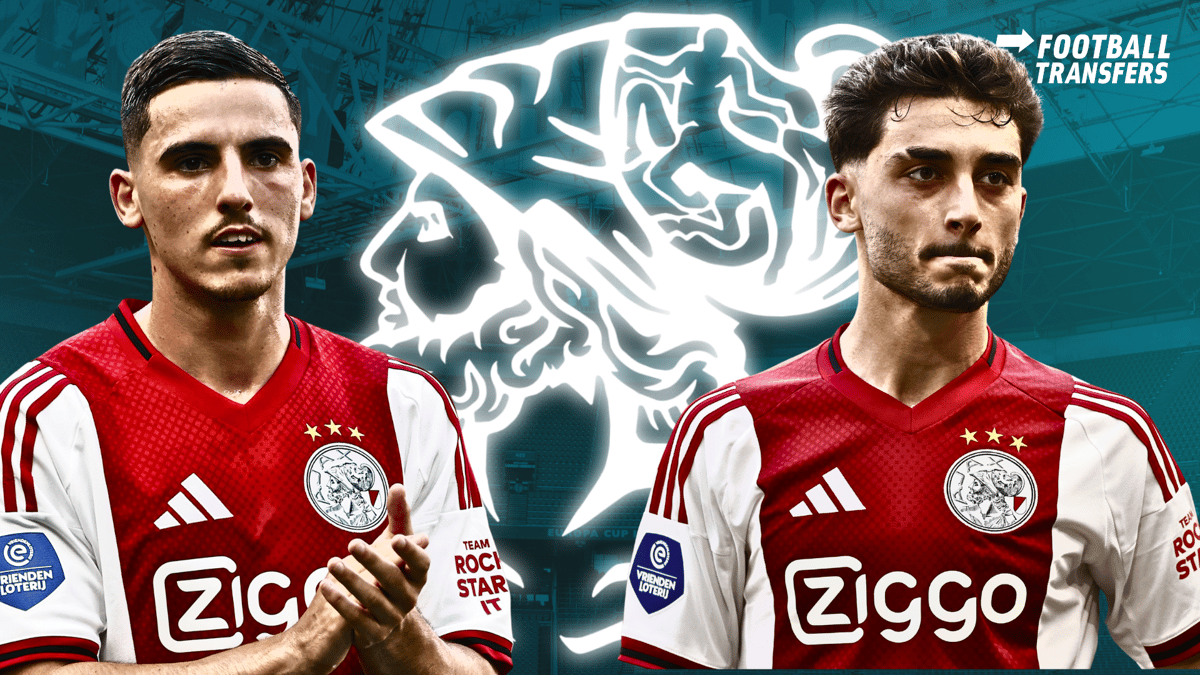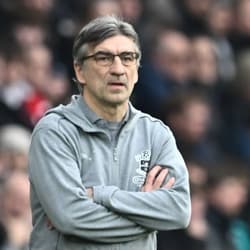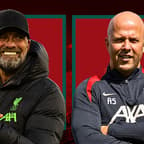-
News
- 7 Dec 2025
Eredivisie’s 2025 Transfer Window: A Quiet Power Grab Hidden in Plain Sight

The Dutch Eredivisie opened its 2025 summer transfer window on June 16, closing on September 1. While global spotlights hovered elsewhere, clubs across the Netherlands conducted a methodical and calculated reshuffling of squads. Deals rolled out quietly, but their scale and ambition revealed a coordinated maneuver toward competitive recalibration.
Ajax and Feyenoord Kept Their Cards Close
Ajax cleared house. They moved Jorrel Hato to Chelsea for £44 million and sold Carlos Forbs to Club Brugge. Jordan Henderson left without a fee, and Borna Sosa joined Crystal Palace. This could look like a retreat, except Ajax brought in Oscar Gloukh for £15 million, Raul Moro for £11 million, and Joeri Heerkens from Sparta Prague. The decisions showed a shift from bloated payrolls toward long-term value.
Feyenoord moved players worth nearly £94 million. That included Igor Paixão to Marseille and David Hancko to Atlético Madrid. Their replacements were ready. They signed Anel Ahmedhodzic, Tsuyoshi Watanabe, and Gonçalo Borges. Midfielder Sem Steijn joined from Twente for £10 million. They spread their investment across key positions without rushing to overpay.
PSV and Twente Adjusted Without Noise
PSV spent £39 million. They signed Ruben van Bommel, Alassane Plea, and Kiliann Sildillia. They let Malik Tillman go to Leverkusen and Johan Bakayoko to Leipzig. They moved out Luuk de Jong and Olivier Boscagli. Replacements fit the system and arrived under long contracts.
Twente worked with £6.3 million. They picked up Kristian Hlynsson from Ajax and Ramiz Zerrouki on loan from Feyenoord. Sem Steijn left for a tidy fee. They avoided glamour moves and picked players with tactical purpose. That kind of planning keeps them in the upper half of the table without reaching beyond their means.
Quiet Strategy Behind Mid-Table Moves
AZ Alkmaar sold David Møller Wolfe to Wolves and Jayden Addai to Como. They brought in Isak Jensen and Mateo Chavez. Their net income from the window reached £36 million. The squad remained intact enough to compete.
Sparta Rotterdam ran their business like a spreadsheet. They signed Bruno Martins Indi, Joël Drommel, and Pascal Kuiper. They lost Nick Olij to PSV and Mike Eerdhuijzen to Utrecht. Spending remained low, but they kept functionality on the pitch.
NEC Nijmegen lost Robin Roefs to Sunderland for £11 million. That alone funded their entire window. They picked up Jasper Cillessen, Jetro Willems, and Tjaronn Chery, mostly for free.
A Plan Hidden in Duration and Detail
Many clubs stretched contracts to 2029 or even 2030. Ajax, PSV, and Feyenoord locked players into long-term deals. Loan moves were short, precise, and often had purchase options. There was no flurry of random swaps. The league quietly leaned into stability.
Free transfers played a central role. Players like Jasper Cillessen, Jetro Willems, and Jeff Reine-Adélaïde arrived without fees and still offered matchday value. Those moves helped clubs maintain balance sheets without rolling the dice.
Fans Are Tracking More Than Just Goals
Supporters will now turn attention to how these squads perform with the pieces they assembled. With fewer headlines and more foresight, expectations shift from spectacle to consistency. Across Europe, supporters follow these adjustments with precision. Dutch fans in particular are keeping an eye on the reshaped rosters.
Access to more flexible digital platforms makes this easier than ever. Many now follow player and team performance through services such as betting platforms. In the Netherlands, some prefer using online casino no cruks for betting, which gives access to a wider selection of activities, bonuses, and payment methods compared to CRUKS-regulated options.
It all blends into how fans stay engaged long after the deals are done. The transfer window might have closed without noise, but its effects will echo across the season. Dutch football never needed drama to change shape. It only needed a window, a spreadsheet, and time.



















